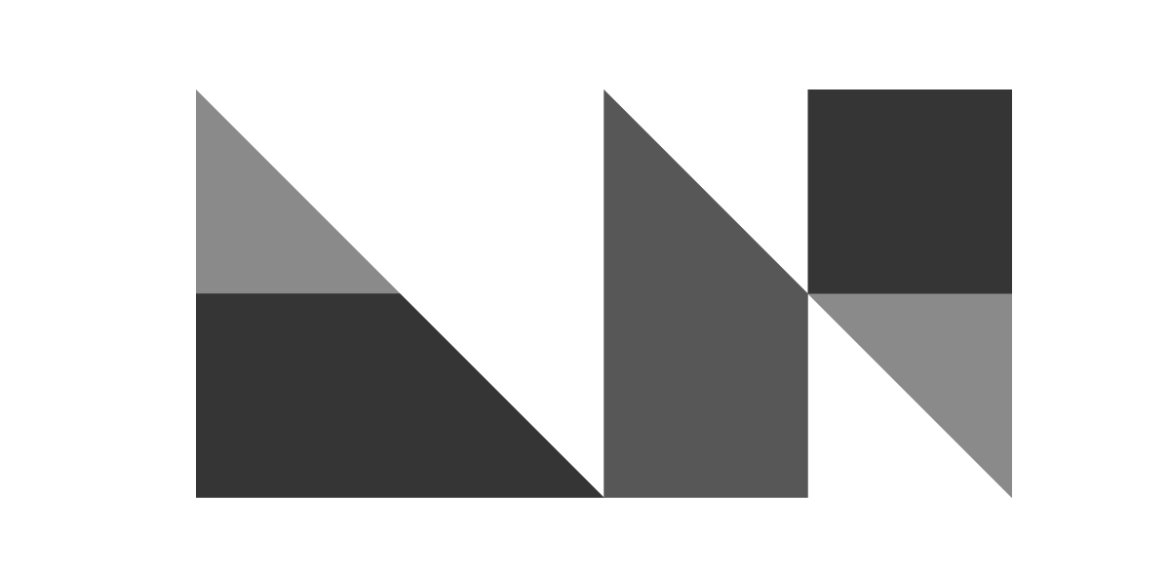Artist Bio
Amanda Nadig is a textile artist who finds inspiration in keeping with and breaking away from traditions in quilting. Her hand quilted compositions explore colors and shapes sourced from secondhand garments and home textiles discovered near her home studio in Chicago, IL. Her two young children and her high school art students have a great influence on her work; she explores balance, embraces chance, and experiments endlessly in her artistic practice.
My process begins with sorting fabrics I've sourced secondhand. I'm interested in the shapes I find fabric already in and I like discovering interesting juxtapositions: heavy and thin fabrics, opaque and sheer, shiny and flat, synthetic and natural, antique and contemporary, textured and smooth, faded and highly saturated colors. I work on several quilts at a time; a quilt goes through many stages so I'll work on what feels right at that moment. If I feel like crawling around on the floor in my home studio where all of my fabric is, I'll plan new quilts and piece them. If I want to hand sew at the park while my kids are playing, I'll work on hand appliqué or hand piecing. If I have the house to myself I might work on a piece that needs to be prepared for hand quilting, because this involves a long process of me smoothing and pin basting my work on a large empty floor space. If we are on a family road trip, I'll bring smaller pieces I can add embroidered or beaded details on and then later add them later to larger quilts. I approach my textile work like I once approached painting: building up found materials, painting, adding imagery through collage or transfers, removing layers, adding more, and deciding what should be covered and what should be revealed. I began a daily practice of quilting in late 2019 when I became inspired by traditional quilts but gave permission to myself to break away from patterns and rules. Quilting is a slow meditative process and I enjoy working improvisationally. As a parent and high school art teacher, I experiment with a lot of artmaking processes: sculpture, screenprinting, surface design on fabric, beading, embroidery, collage, and drawing which also make their way into my quilts. A lot of my inspiration is found in those moments in my classroom or at home with my own children. They all become collaborators; they're constantly sparking new ideas and new ways to approach my textile work.

















